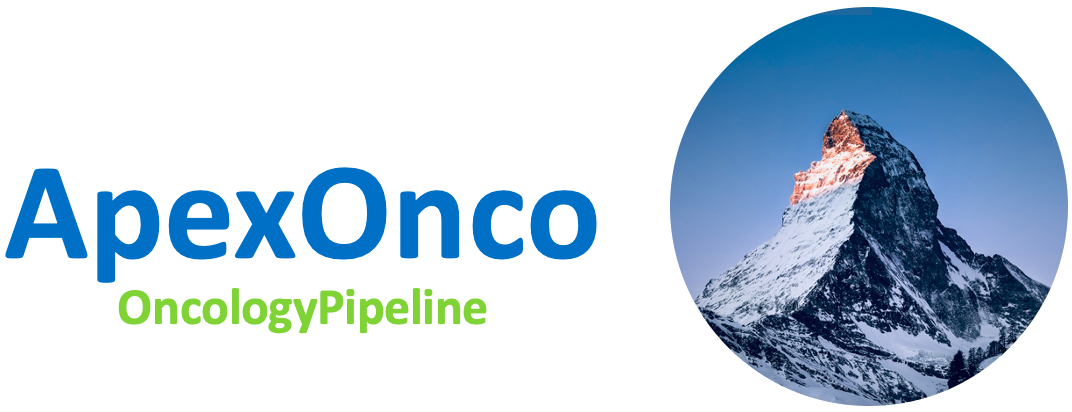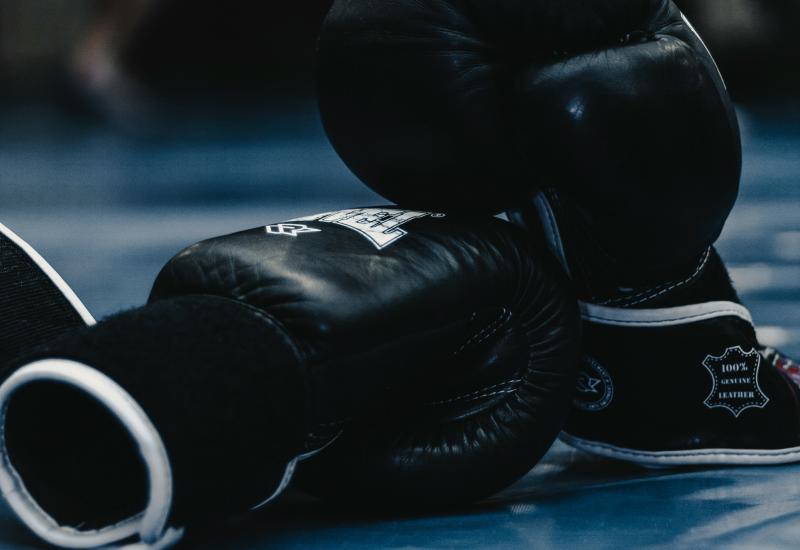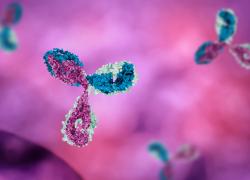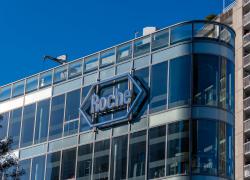
BeOne also needs B7-H4 biomarkers
The company’s BG-C9074 looks competitive, but there are questions about cutoffs and confirmed responses.
The company’s BG-C9074 looks competitive, but there are questions about cutoffs and confirmed responses.

The troubled B7-H4 field has seen data from another contender that reinforce the idea that success here will require B7-H4 testing. In B7-H4-high patients BeOne’s BG-C9074 looks to have beaten the competition, according to data presented at the company’s R&D day last week, but there are plenty of questions that still need to be answered.
One is what B7-H4 cutoff BeOne used, with the company keeping this under wraps for now. Another is how the project performed by tumour type, something that BeOne is also holding back for the future. Much of the data with this mechanism have so far come in breast cancer, but the company merely provided results across 68 patients with “breast and gynaecological cancers”.
In addition, this number included unconfirmed responses. Adverse events could also be worth watching, with six dose-limiting toxicities and high rates of grade 3 neutropenia seen at high doses tested.
Doubts hang over this mechanism after Pfizer’s discontinuation of felmetatug vedotin, and Mersana’s problems with emiltatug ledadotin. However, BeOne has already said that it plans to start phase 3 trials in 2026 with BG-C9074, which was licensed from DualityBio. And other players remain interested, including AstraZeneca and GSK.
Dose escalation
The latest data come from a global phase 1 study in various tumour types, including breast and ovarian cancers. Patients with a median of four prior therapies received BG-C9074 at 1-7mg/kg every three weeks.
Initial data featured in an ASCO poster in May; at a 16 March cutoff, confirmed ORR was just 16% among 56 evaluable patients. Including unconfirmed responses gave an ORR of 25%.
Last week, BeOne said that among 68 evaluable patients, with a 2 June cutoff, confirmed ORR was 24%, rising to 29% if unconfirmed responses were included. This figure doesn’t seem remarkable, but came across all doses. At 6mg/kg, which looks like the most effective, confirmed ORR was 43%.
Across doses the company also split out results among 33 patients with high B7-H4 expression: here, ORR was 42%.
On the face of it this looks better than the 35% ORR Pfizer reported with the doomed felmeta-V. However, BeOne’s number also included unconfirmed responses. And, with BeOne not giving a cutoff for expression, a cross-trial comparison is even trickier than usual. Pfizer used 25% expression – lower than the 70% favoured by Mersana for emilta-L.
A BeOne spokesperson told ApexOnco that the company isn't disclosing the cutoff yet because it hasn't made a final decision here for future development.
Cross-trial comparison of anti-B7-H4 ADCs
| Project | Company | Trial | B7-H4 high expression | B7-H4 low/zero expression | Note |
|---|---|---|---|---|---|
| GSK5733584/ HS-20089 | GSK/ Hansoh | China ph1 | cORR + uORR 29% in 28 TNBC patients | China ph3 in ovarian began Mar 2025 | |
| Puxitatug samrotecan | AstraZeneca | Global ph1/2 Bluestar | ≥25% expressers: cORR 25% in 12 breast cancer pts | None enrolled | ORR of 37% later reported in 52 endometrial cancer pts; ph3 in endometrial to start 2025 |
| Emiltatug ledadotin | Mersana Therapeutics | Global ph1 | ≥70% expressers: cORR 23% in 13 TNBC patients | <70% expressers: cORR 0% in 28 patients | Focused on emilta-L amid cost cutting in May 2025 |
| BG-C9074 | BeOne/ DualityBio | Global ph1 | cORR + uORR 42% among 33 B7-H4 “high” pts (cutoff not given); cORR + uORR 29% among 68 all comers* | Planning “under way” for registrational studies | |
| Felmetatug vedotin | Pfizer (ex Seagen) | Global ph1 | >25% expressers: cORR 35% in 16 TNBC pts | <25%/unknown: 12% cORR in 26 TNBC patients | Development discontinued Feb 2025 |
Note: *“breast & gynaecological” pts, not split by cancer type. Source: OncologyPipeline & clinicaltrials.gov.
As for adverse events, the six DLTs with BG-C9074 were fatigue, neutropenia, febrile neutropenia (two patients) and platelet count decrease (two patients). BeOne’s presentation doesn’t specify dose(s) at which these occurred. The ASCO poster details five of these DLTs, all at 6mg/kg or above.
Meanwhile, grade 3 or higher neutropenia was seen in 42% and 27% of patients on 6.5mg/kg and 6.0mg/kg respectively. However, there were no drug-related discontinuations or deaths.
The next step will be tumour-specific dose-expansion cohorts, which will test 4mg/kg, 5mg/kg and 6mg/kg, according to the ASCO poster. As for potential indications, BeOne mentioned endometrial, ovarian and breast cancers, adding that phase 3 could start in 2026.
The company also unveiled a B7-H4 x HER3 ADC, in preclinical development.
The leaders in B7-H4 are GSK and Hansoh, whose GSK5733584 is already in a phase 3 ovarian cancer study, but only in China. A GSK-sponsored early-stage trial began last year. AstraZeneca’s puxitatug samrotecan, meanwhile, is due to go into an endometrial cancer pivotal trial this year.
1525













